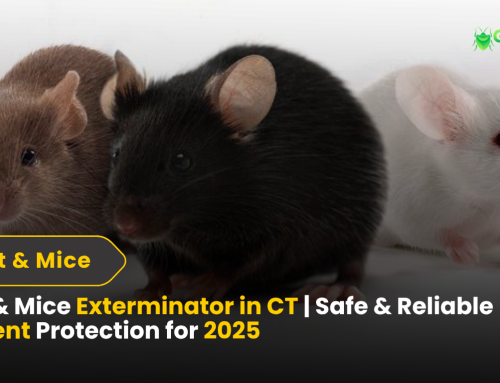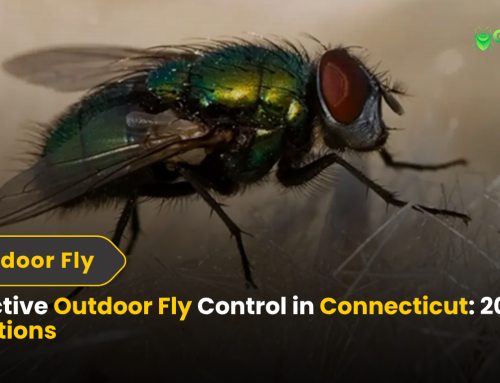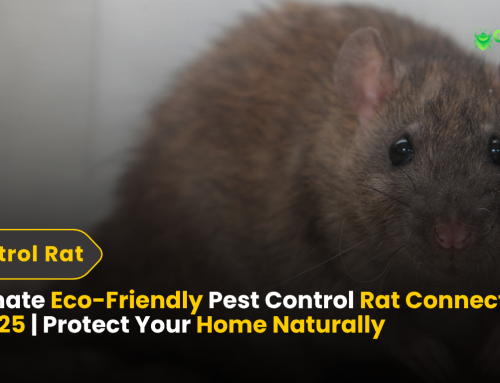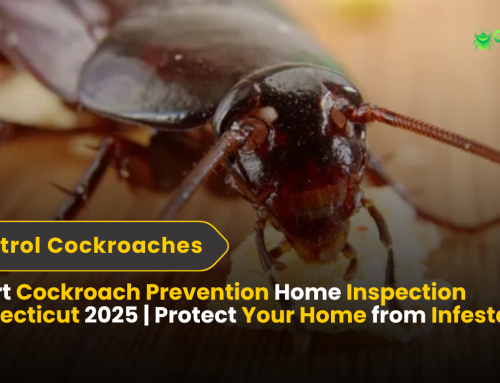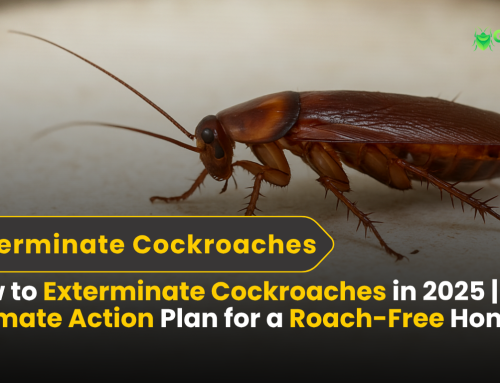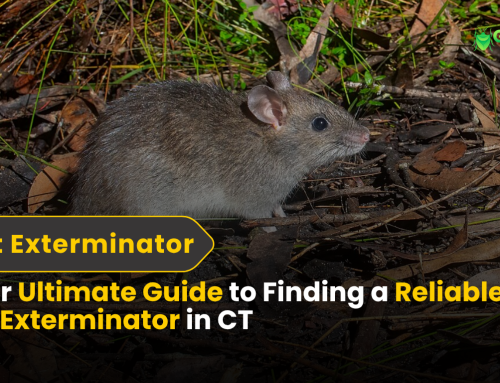How do IPM programs work?

How do IPM programs work?
PM is not a single pest control method but, rather, a series of pest management evaluations, decisions and controls. In practicing IPM, growers who are aware of the potential for pest infestation follow a four-tiered approach. The four steps include:
- Set Action Thresholds
Before taking any pest control action, IPM first sets an action threshold, a point at which pest populations or environmental conditions indicate that pest control action must be taken. Sighting a single pest does not always mean control is needed. The level at which pests will become an economic threat is critical to guide future pest control decisions. - Monitor and Identify Pests
Not all insects, weeds, and other living organisms require control. Many organisms are innocuous, and some are even beneficial. IPM programs work to monitor for pests and identify them accurately, so that appropriate control decisions can be made in conjunction with action thresholds. This monitoring and identification removes the possibility that pesticides will be used when they are not really needed or that the wrong kind of pesticide will be used. - Prevention
As a first line of pest control, IPM programs work to manage the crop, lawn, or indoor space to prevent pests from becoming a threat. In an agricultural crop, this may mean using cultural methods, such as rotating between different crops, selecting pest-resistant varieties, and planting pest-free rootstock. These control methods can be very effective and cost-efficient and present little to no risk to people or the environment. - Control
Once monitoring, identification, and action thresholds indicate that pest control is required, and preventive methods are no longer effective or available, IPM programs then evaluate the proper control method both for effectiveness and risk. Effective, less risky pest controls are chosen first, including highly targeted chemicals, such as pheromones to disrupt pest mating, or mechanical control, such as trapping or weeding. If further monitoring, identifications and action thresholds indicate that less risky controls are not working, then additional pest control methods would be employed, such as targeted spraying of pesticides. Broadcast spraying of non-specific pesticides is a last resort.
Newsletter
Subscribe to our newsletter and stay updated
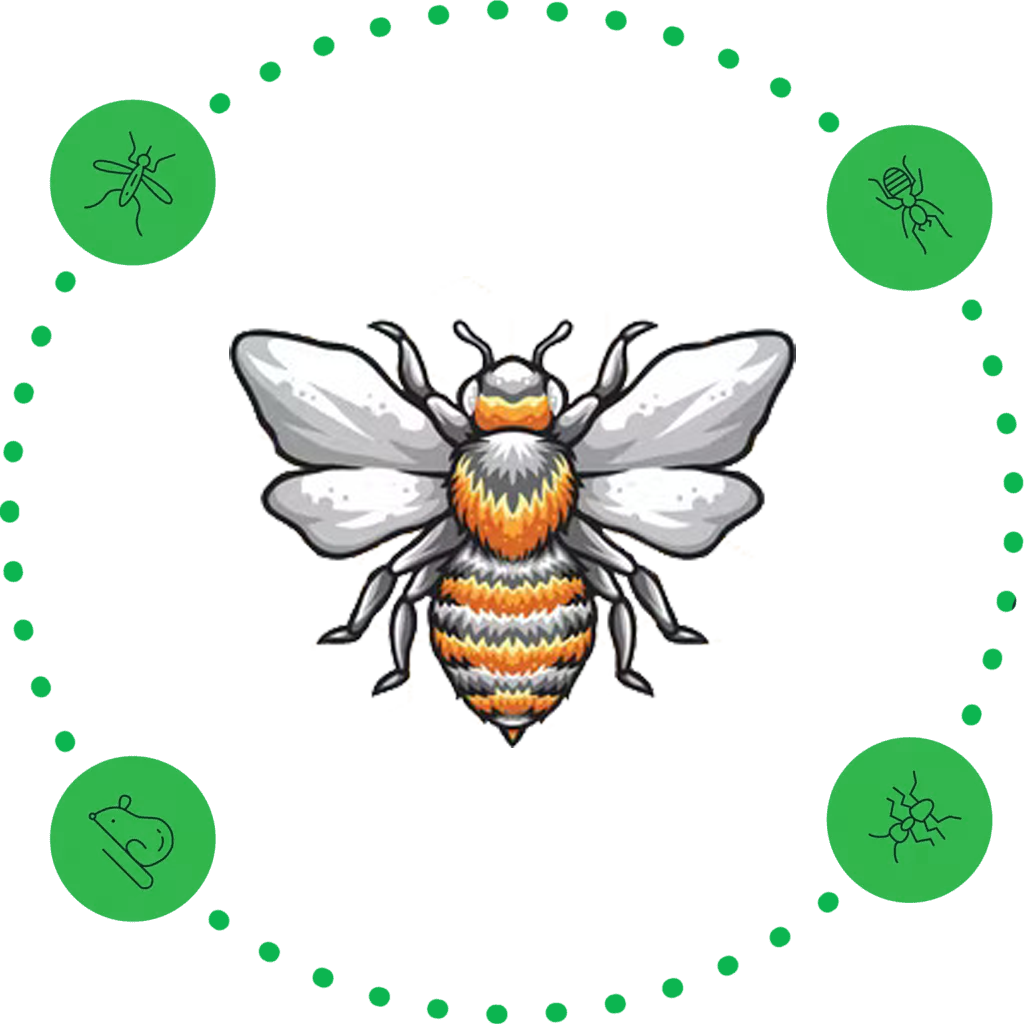
Commercial Pest Control Services in CT: Complete Guide for Connecticut Businesses in 2025
When you're running a business in Connecticut, whether in Greenwich, Stamford, New Canaan, Wilton, Darien, Westport, or beyond, maintaining a [...]
Rat & Mice Exterminator in CT | Safe & Reliable Rodent Protection for 2025
If you’ve noticed scratching sounds in your walls at night, small droppings near your pantry, or gnaw marks on food [...]
Effective Outdoor Fly Control in Connecticut: 2025 Solutions
When warm weather rolls through Connecticut, most of us can’t wait to enjoy backyard barbecues, patio dinners, and sunny afternoons [...]
Top Mouse Exterminators in Westport, CT | Services for Effective Rodent Control 2025
If you're searching for Top Mouse Exterminators in Westport, CT, it’s because you want a safe, effective, and professional solution [...]





